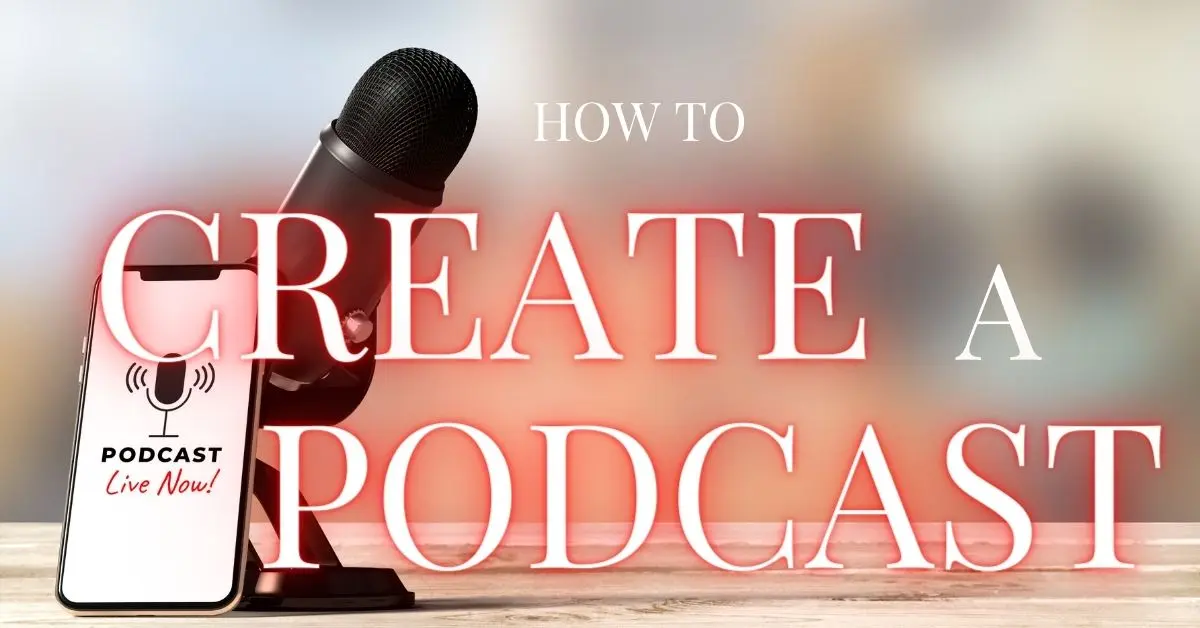
From global enterprises to up-and-coming artists, everyone wants a piece of the podcast pie.
The latest data from Edison Research says that 62% of Americans are familiar with podcasting, and over 40% listen to podcasts regularly. Global listenership is expected to skyrocket in the coming years, with massive growth in China, Brazil, and other markets.
There are also more podcasts to choose from than ever before. Spotify added 1.2 million new podcasts to its catalog last year alone.
With so many shows out there, how can you stand out? Careful planning is the first step to success. Follow this guide and learn how to create a podcast your listeners will love.
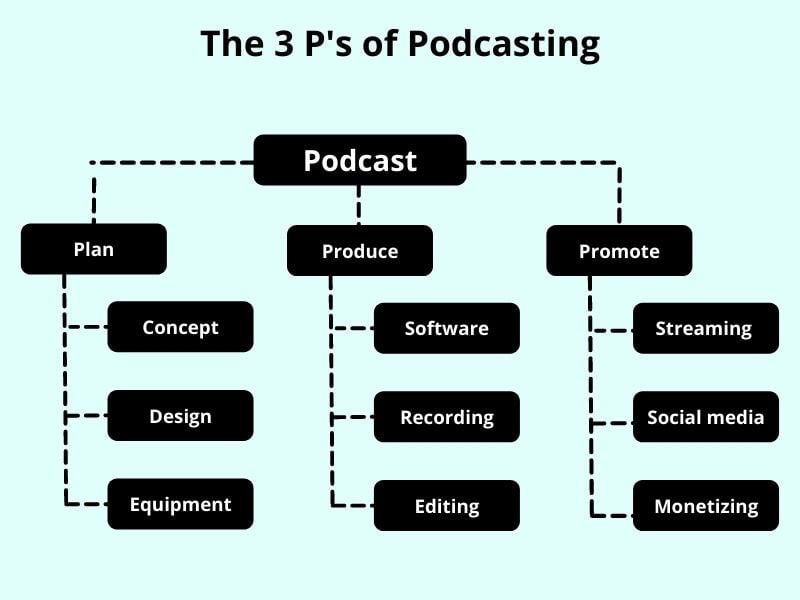
You can break down the podcast process into three easy steps:
- Plan
- Produce
- Promote
You might think that recording your podcast is the most important step. The truth is that all three of these are equally important for a successful podcast. If you just want to record yourself and your friends for fun, there’s nothing wrong with that. But if you want to create the next great podcast, you can’t slack on the planning process, or on building your brand.
Each of these steps is its own process. Planning isn’t just about your concept. It involves figuring out your podcast’s brand and ensuring you have the right tools to bring it to life. Similarly, production involves ensuring a high production value for your show, and promotion goes beyond social media.
We’ll go into detail about each of these three steps. Once you have a handle on them, you can apply the same rubric to videos, art, or any other creative work.
How to Create a Podcast: Step 1 – Plan
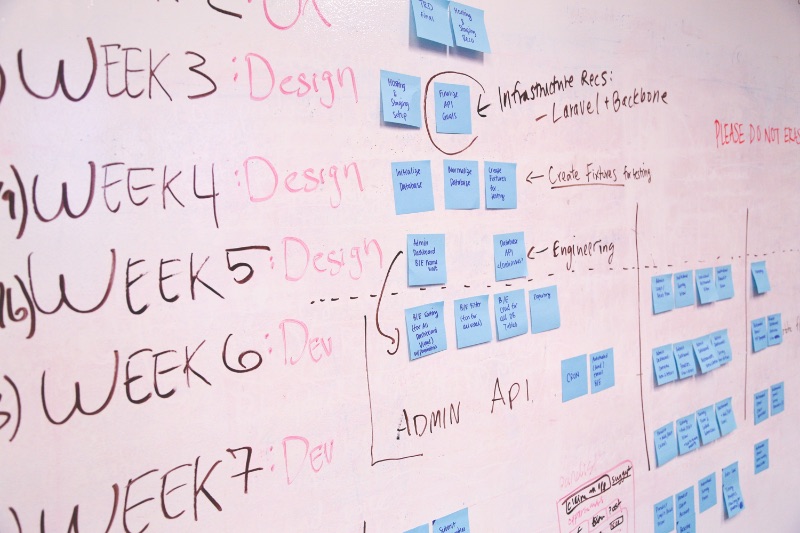
If you’re wondering how to create a podcast, you might already have a great idea in mind. Maybe you have a fun concept you want to bring to life. Perhaps you’re a brand looking to expand into the audio space. If you don’t know what you want to do yet, that’s fine too.
Either way, you can’t skip out on planning. A “podcast about nothing” might be fun, and if you already have an audience, it might even get listeners. But when you tell people you have a podcast, the first thing they’ll inevitably ask is, “What’s it about?”
Beyond that, you shouldn’t start recording until you’ve figured out your structure, your brand, your title, and where your audio is going. The crucial steps to planning your podcast include:
- Concept: What’s your show about?
- Format: Is it short or long? Fiction or nonfiction? How many hosts?
- Equipment: Got a good mic? Headphones? A recording space?
- Branding: Come up with a catchy title, and set up some content to go with it.
- Platform: What service do you want to host your podcast?
[in_content_ads gallery=”logos” logo=”on” title=”Need graphic design help?” subtitle=”Try Penji’s Unlimited Graphic Design and get all your branding, digital, print, and UXUI designs done in one place.” btntext=”Learn More” btnlink=”https://penji.co”]
Concept: Building the Next Great Podcast Idea

How do you come up with a great podcast idea? Creating your concept can be one of the trickiest parts of the podcast process, but also one of the most vital.
You might look at some of the biggest podcasts and think that they don’t have much of a concept at all. Popular shows like The Joe Rogan Experience, Tiny Meat Gang, and Smartless employ an unstructured chat format to great success. While you may have a great personality, you don’t have what these podcasts’ hosts do: an already-huge fanbase and celebrity guests.
Without name recognition on your side, a killer concept is what will set yourself apart. Describe your podcast in one sentence. Between intros, social media, and descriptions for streaming platforms, you’ll have to describe your show a lot. You want a concise, interesting, and endlessly repeatable way to tell people what it’s about.
Think about some of your favorite shows. If you love true crime podcasts, what’s something you’ve never seen a true crime show do before? If you like listening to experts talk about niche topics, what’s your area of expertise? You may want to talk about TV, but what’s your angle on TV?
Come up with a few ideas, but only commit to one you’re passionate about. What excites you about making a podcast? Is it talking to friends, meeting new people, telling stories? Put your passion at the core of your idea; it’ll motivate you to push through the process.
Format: The Types of Podcast You Need to Know

Making a plan isn’t as simple as writing an elevator pitch. Depending on your style, you may even want to decide on your format before you know what your podcast is about.
First of all, is it fiction or nonfiction? Fiction podcasts require more irons in the fire. You may need actors, sound design, audition processes, and of course, great scripts. Some nonfiction podcasts also use these elements; they can make a true crime or journalism podcast stand out.
You could also create an unscripted fiction podcast; consider tabletop gaming shows like Critical Role. If you choose nonfiction, there are still a lot of formats to choose from. Is it a narrative podcast or a talk podcast? Do you tell stories, interview people, or chat with your friends?
Format is directly tied to your concept. On top of it, you should consider whether to have regular co-hosts or guests, what the structure of each episode is, and how long they are.
Podcasts can range from 5 minutes to over 4 hours in length. The average podcast is around 40 minutes, but you can look at shows with similar concepts and genres to figure out what you should aim for.
Equipment: Hardware and Software You Need for Your Podcast
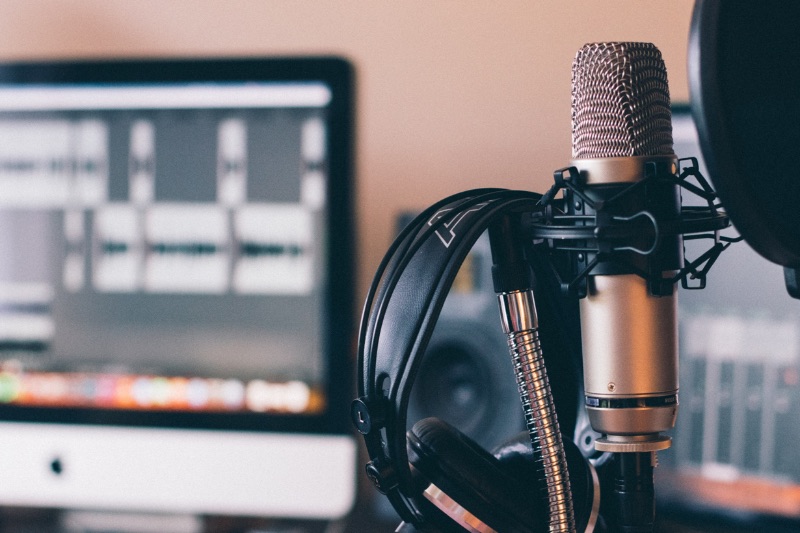
Getting started with podcasting is as simple as having a mic on your computer or phone. Getting big with podcasting, however, is another story.
Since it’s audio-only, podcasting is uniquely delicate. Even a slight background hum can turn listeners off. That’s why it’s especially important to make sure your hardware and software are top-notch.
Hardware
The most important tool you need to make a great podcast is a good microphone. You can get a quality mic like the Rode PodMic or the Blue Yeti for under $100, and it’ll make a world of difference. On the cheaper end, you can opt for the tiny, powerful Samson GoMic, which can be yours for $40-50.
If you can’t afford to buy a microphone right now, your phone is a great place to start. Audio apps like Dolby On help you get the most out of your phone’s built-in mic.
Especially if you have co-hosts, you’ll want to invest in headphones. These prevent audio bleed and echo in your recordings. They’re also helpful for editing.
Make sure your recording space is optimized. Record in a room with little echo or background noise. An ideal recording room has a wooden door, a carpeted floor, and few windows. A walk-in closet is a great option to consider, but make sure you have room for a quiet, comfortable chair and desk.
You can invest in foam for soundproofing, but this may not be necessary.
Software
In terms of software, the biggest thing you need is a DAW (digital audio workstation). While most computers and phones have built-in recording tools, a DAW is necessary for editing and fine-tuning your audio. There are tons of great free DAWs out there, and a lot of pros find that Audacity has all the tools they need. Still, paid DAWs like Pro Tools and Ableton have additional features.
If you record with several mics in the same place, you may have additional hardware concerns like mic stands and audio interfaces to worry about. If you record remotely, as many podcasts now do, you’ll want to find a good video call software. Common apps like Zoom, Skype, and Discord will get the job done. You may also consider a tool made for podcasters like Podcastle or Riverside.fm.
Whatever software you use, I don’t recommend recording directly from it. For the highest-quality audio, you and your co-hosts should each record locally. Most DAWs allow you to record directly, and both Mac and Windows computers have built-in voice recording apps.
Branding: Use Stunning Design to Make Your Podcast Pop

One of the biggest mistakes new podcasts make is treating design as an afterthought. After all, you don’t listen to a podcast for the thumbnail, right?
The truth is, your logo and branding is the first thing most people will see when they find your show. If it looks amateur, strikes the wrong tone, or doesn’t have a logo at all, many won’t bother listening.
Your podcast logo should be reflective of what your show’s about. A horror podcast might adopt a gothic aesthetic for its logo. A true crime show might look like a police procedural. If your podcast is a chat show, a professional photo or art of your host(s) can help your personality shine through.
In addition to a thumbnail (3000×3000 JPG file), you’ll have to design headers for social media, art for your website, and more thumbnails for each episode.
This is why it’s good to develop a brand kit. Use consistent fonts, colors, and designs to give your show its own style. It can make the difference between a good podcast and a smash hit.
Penji is an on-demand graphic design service. It’s a great option for brands that need regular art for their podcast(s). If you consistently release episodes, Penji’s unlimited monthly subscription is more convenient than commissioning a designer each time you need a graphic.
If you’re starting from scratch, you still have some great tools at your disposal. Some podcast platforms offer logo-making tools, and there are free logo making tools online that you can get started with. If you don’t have a designer, you should still be putting a personal touch into your designs, especially your brand kit. Once you have the budget to get professional designs made, you can always give your brand a facelift.
Platform: Find the Best Hosting Service for Your Podcast

When people consider how to create a podcast, this is a step many newcomers don’t know about. To submit your podcast to Apple Podcasts, Spotify, Stitcher, and other streamers, you need an RSS feed. Unless you’re exceptionally tech-savvy, your best bet is setting up with a hosting platform, most of which charge a monthly fee.
Some of the most popular sites for hosting podcasts are BuzzSprout, Podbean, Spreaker, Castos, and RSS.com. They each offer tools that make it easy to start your podcast, submit it to streamers, and update regularly. While some offer free versions, they typically ask you to pay for unlimited access.
If $10-30 a month to upload your show is a tall order, there are free options to check out. Anchor, Spotify’s podcasting app, may be the most popular podcast host that’s completely free. You can host your podcast through SoundCloud, although its free tools are also limited. Substack offers free podcast hosting for its bloggers.
Many first-time podcasters start video podcasts on YouTube or Twitch. While less convenient for on-the-go listeners, these sites have perks like built-in subscription and donation tools. It’s also relatively easy to migrate from a video site to a podcast platform later on.
While you can always migrate, don’t go all-in on a platform before you’ve tried it out. Look into reviews and make use of free trials when you can. While most platforms will host your show just fine, compare features and pricing before you make a decision.
How to Create a Podcast: Step 2 – Produce
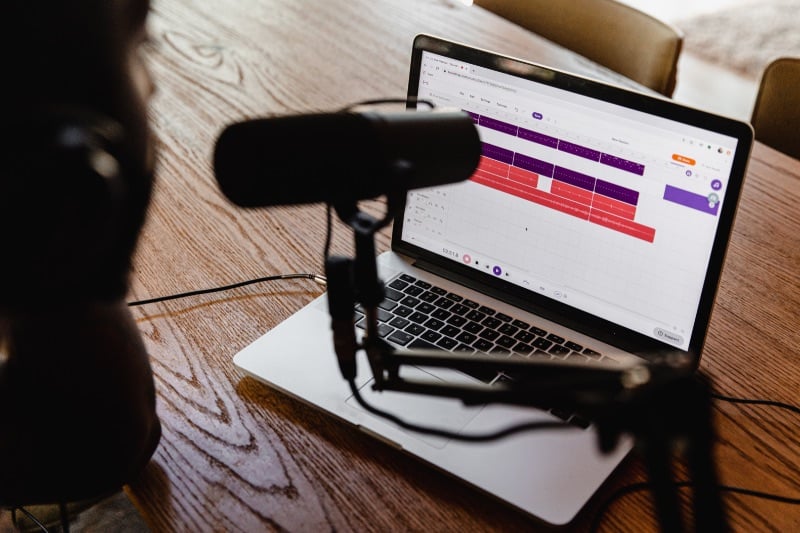
Once you’ve got everything thoroughly planned out, you’re ready to start creating your podcast. Planning can be a months-long process for some and a golden hour of drunken inspiration for others. Either way, this is the step where you can really fall in love with podcasting.
Like planning, production can be broken down into 5 parts:
- Scheduling: When can everyone record? What’s a good regular time to get episodes out?
- Testing: Does your equipment work? Are there any sound issues?
- Recording: Actually making the thing!
- Elements: Got an intro and outro? Theme music? Pre-recorded segments?
- Editing: The grunt work.
Scheduling: Get Your Podcast Team Together
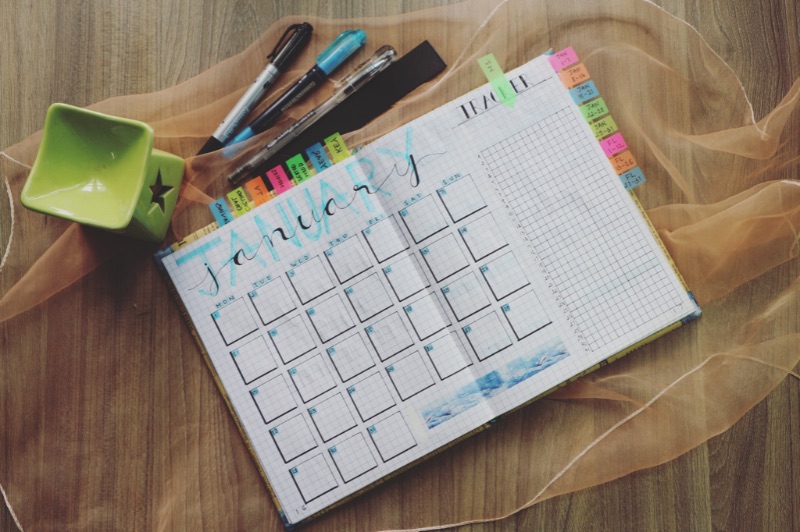
Especially as an indie podcaster, you’ll find yourself wearing a lot of hats. On top of a comedian, audio engineer, and graphic designer, a podcaster sometimes has to be an event planner. If you’ve got multiple speakers on your show (and you almost definitely will), you’ll have to find a time when everyone can record. What’s more, you’ll have to actually release episodes on a regular basis.
For a scripted show, the first step is scheduling auditions. Scripted shows are easier to record out of sync, but it’s never a bad idea to have actors record together, at least when they share a scene.
Unscripted shows have no such luck. If you conduct chats or interviews, your team has to be recording all at the same time. When choosing co-hosts and actors, make sure you pick people who have time to spare. Some people might like the idea of creating a podcast but not have a few hours in their week to record each episode.
Whether your podcast is weekly, biweekly, or even annually, plan to release each episode on the same day of the week. If a listener doesn’t know when to expect your next episode, they’re less likely to come back.
This also means you should give yourself and/or your team plenty of time to edit. Don’t plan to record something the night before its release. Even at the bare minimum, you can expect editing to take at least as long as recording.
Testing: How to Test Your Podcast Equipment Before You Start
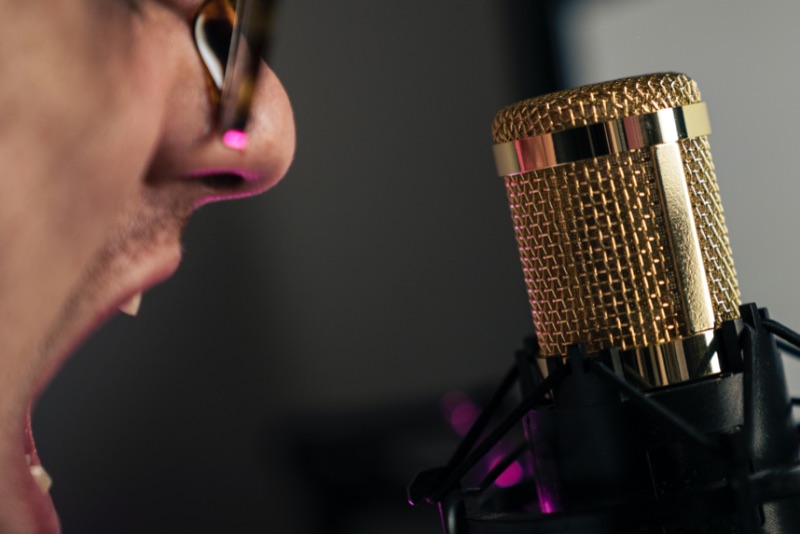
Getting the right hardware and software is only half the battle. Even with the best products on the market, you need to check your setup before you record. Otherwise, you could record hours of audio only to find that someone’s mic wasn’t picking up, or that the recording won’t export.
Test your hardware and your software. Your mic may be picking up, but that doesn’t mean your recording will be usable. Record a few minutes of audio to make sure that your background noise is minimal, and your mics aren’t peaking too much. If it’s in your budget, have an engineer in the studio to listen live and pay attention to your recording.
Here’s a checklist of what to consider when testing your equipment.
- Is/are your mic(s) working?
- Is your recorder connected to your mic(s)?
- Are you able to record? Are all mics being picked up by the recorder?
- Can you hear yourself in your headphones?
- Do you have space to save your files?
- Is audio from one speaker being picked up by another mic?
- Is there an echo?
- Do you hear background noise? Humming, clicking, cars driving by?
- Do you hear plosives? Is your mic too loud? Too quiet?
Once you’ve checked all these and adjusted for issues, you’re ready to record. When in doubt, it’s best to have a backup recording, such as a video or Zoom call.
Recording: 3 Ways to Record Your First Podcast Episode
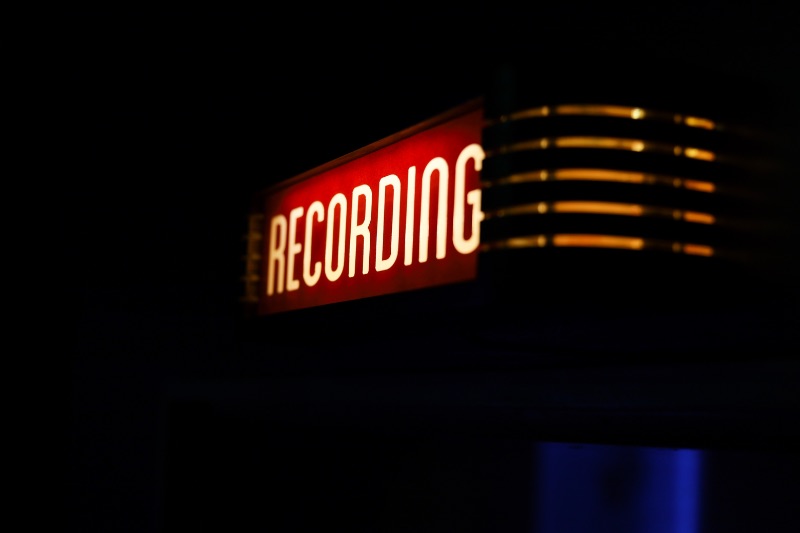
Finally, it’s time to record. Recording can look very different depending on the format of your podcast. For a scripted show, you might just be waiting for files to roll in. A storytelling show might take a few weeks to record, while a chat show can be done all at once.
Here’s a more in-depth look at the three different types of recording processes for podcasts.
Asynchronous recording
Recording at different times is often done out of necessity when shows have a lot of actors. Coordinating schedules is rarely easy with a big cast, not to mention the headache of recording long-distance. It’s not uncommon for voice actors to record their lines on their own time.
To prepare for asynchronous recording, make sure your actors test their recording space before they start. In an audio medium, it’s especially important to normalize echo and background noise. Your audience must believe that your actors are in the same place, even if they aren’t.
If you can’t get actors in the same scene to record together, have each actor do a few takes. Be prepared to have your actors re-record a few lines during the editing process.
Multi-step recording
This style of recording is common for podcasts based around journalism and storytelling. True crime podcasters, for instance, often have to cobble together archival footage, interviews, narration, and other elements in each episode.
High production value is always a good thing, so even chat podcasts can consider spliced-in segments to help them stand out. These segments are planned out in advance, but can change in the process. Keep an organized folder to stay on top of your files. Edit your finished segments during the process so your final edit is less of a chore.
Single recording
When you consider how many podcasts are started on a whim, this is probably the most common method of recording. Most chat shows are recorded by getting the host(s) and guest(s) in a room or on a call together, hitting record, and seeing what happens.
Even if you record this way, you should prepare a plan. Even a loose structure can make a world of difference for building your audience. You may enjoy a podcast that you think of as “funny people talking,” but if you look closely, you’ll probably find a structure to each episode.
Still, your actual recording is your chance to let loose. People love a casual podcast, but remember that you’re still performing for an audience. Stay entertaining and give your fans a reason to keep listening.
Elements: Creating the Perfect Podcast Intro, Outro, Theme Song, etc.
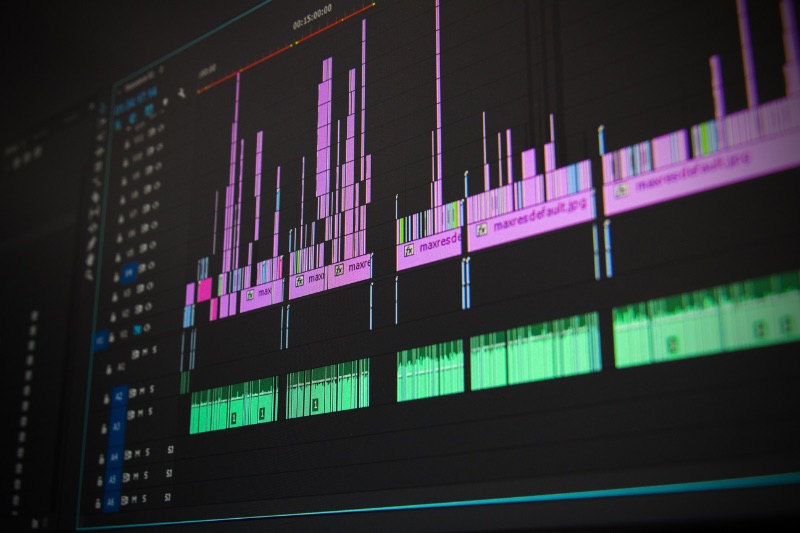
Once you’ve got your recording, you might skip straight to editing. Maybe you’ll get all the way to releasing your episode before you realize it’s missing something. While not required, elements like intros and outros can make the difference between an experiment and a series.
If you record your show all at once, you may do live welcome and sign-off messages. Still, this is the stage to add more elements that boost your production value. Create theme music, commission a musician, or pick some public-domain tracks; many hosting platforms have a library of sounds to pull from.
In addition to theme music, consider sound effects and transitions to break up your audio. Every introduction of a guest, segment, or break is an opportunity to add some flair.
Editing: How to Make a Podcast Like a Pro
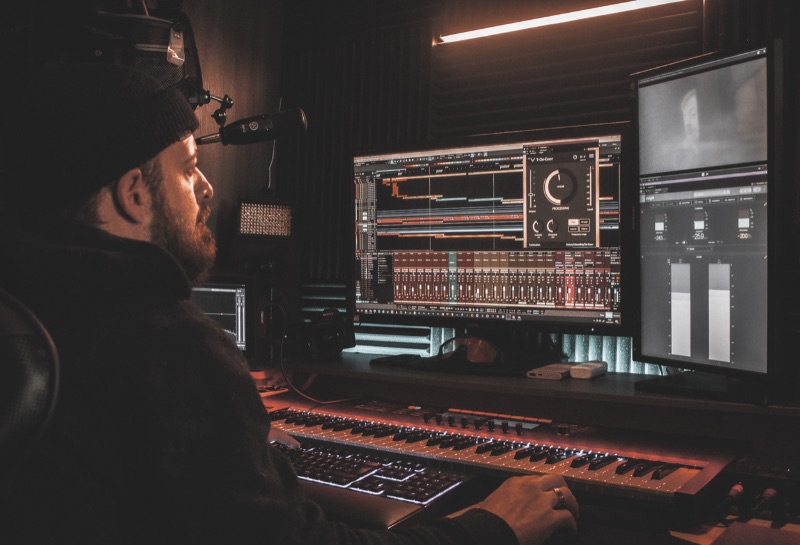
While it’s been a long process to get here, editing is the step where your work truly turns into a podcast. It can also be the most grueling step, requiring hours of work for you or your editor.
You can make it easier with a little prep work. Organize your files. Do everything you can in the recording and setup process to ensure high-quality and consistent audio. If you haven’t used your DAW before, take a few sessions to learn before you get into the editing process.
For scripted and journalistic series, editing requires separately editing each segment and putting them together fluidly. For a chat show, there are fewer moving parts to consider, but you still may benefit from listening to the entire audio. Especially for new podcasters, vocal tics and stammers are hard to avoid, not to mention pesky background sounds.
If your recording has a persistent background sound, some DAWs have repair tools to fix it. Audacity, for instance, has its “Noise Reduction” tool. Another common feature truncates silence, which can help make your conversation a smoother audio experience. These tools aren’t always exact, so make sure you still listen to your audio after applying them.
Other things you should look for while editing include audible breathing, throat clearing, and mic peaking from laughter or plosive sounds. Peaking can sometimes be repaired, but you may just have to edit around it.
In addition to removing bad audio, your editing process should also trim the fat from your discussion. Tangents aren’t a bad thing, but if something isn’t necessary or entertaining, you may want to cut it out. Try to strike a balance where you remove things that take away from your episode without needlessly chopping it up.
Finally, be sure that speakers’ volume is consistent, and that your overall volume is in a reasonable window. Some experts recommend a peak of -1 dB and a window for target loudness between -20 LUFS and -16 LUFS. These settings can be adjusted in DAWs like Audacity. You can also use a more robust, paid tool like Alitu or iZotope RX.
How to Record a Podcast: Step 3 – Promote

You created a podcast! Article over, right?
Well, you created your audio and you planned your podcast. But just as your plan didn’t stop at making an episode, the journey’s not over until you get your show out there.
How and how much you promote your podcast depends on your plans for it. You may be content to just share it with your friends on social media, or leave it up on streaming services to prove you could do it. On the extreme end, you may conduct a months-long press tour to build your audience.
Either way, here are five pieces of advice for attracting an audience:
- Release: Get it out there!
- Streaming: Submit it to all your favorite podcatchers!
- Sharing: Get your social media game on!
- SEO: Help people find you!
- Monetizing: Get that paper!
Release: Put Your Podcast Out for the World to See

This may be the simplest step of the whole process, but it’s also the most rewarding. Turn all your hard work into something anyone can enjoy.
If you’ve already got a platform, releasing should be a simple process. Make sure you save your complete audio as a MP3 or M4A file. Upload it to your platform of choice, then input details like your episode title, description, and cover art. After that, you’re good to go!
Streaming: Submit Your Podcast to Spotify, Apple, Overcast, etc.
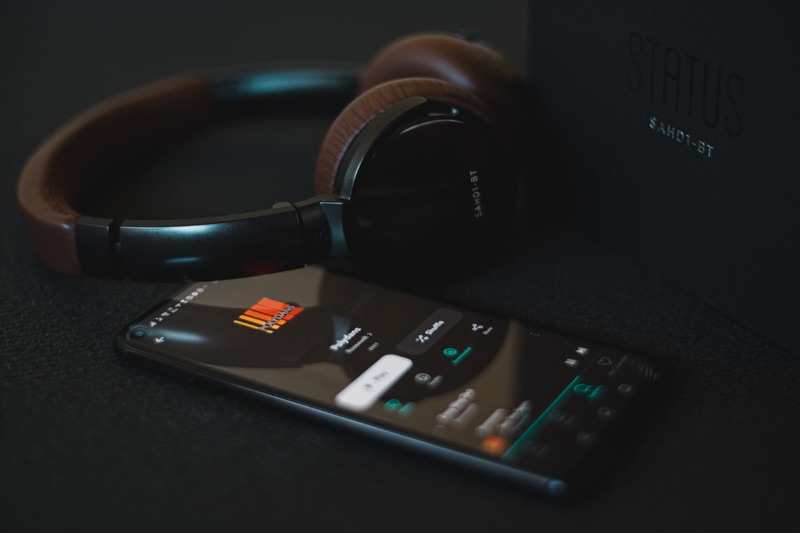
Once your podcast is up, people can listen to it directly from the platform’s website. But be honest, when was the last time you went to a website to listen to a podcast?
Submitting your podcast to streaming services like Apple Podcasts, Spotify, Stitcher, and Overcast starts with an RSS link. It’s the link streamers use to update your show’s page with new episodes; you should be able to find it in your platform’s settings.
Many platforms will have a page on your dashboard that makes it easy to submit to streamers. Submitting to Apple Podcasts is a great first step; many smaller directories crib from Apple’s. You should also submit to Spotify, where most podcast listening happens. Submitting to Google will allow your show to appear in Google searches, boosting new listeners.
Beyond that, you may consider uploading your show to Stitcher, TuneIn, Amazon, and iHeartRadio. The more directories your show can be found in, the better. Make sure you follow the specific requirements for your artwork to be visible on Apple. For most podcatchers, submitting your show is as simple as pasting your RSS link.
Sharing: Get Everyone Listening to Your Podcast
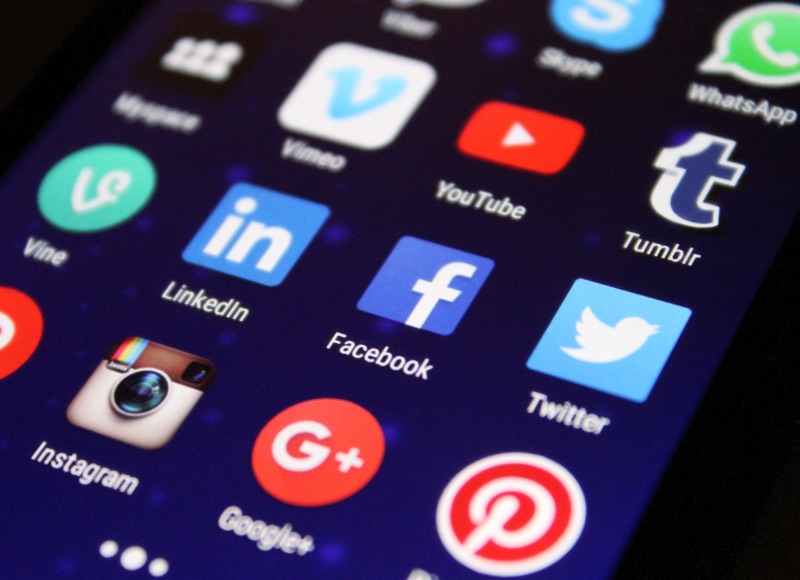
Now that your podcast is out, spread the word and get people listening! A good place to start is with your friends. Share it to your personal social media feeds and chats; people who care about you will help you spread the word.
As you build, you’ll definitely want to set up social media accounts for your podcast. You can go for whatever you know best, but Twitter, Facebook, and Instagram are all great for building a profile. If you have a video of your show, sharing clips on TikTok and YouTube can help you go viral.
Update your social media consistently. Post links to each new episode as soon as they release, and interact with your followers to build a community.
Using your branding kit, create profile and header images for all your social media accounts (your profile pic should stay consistent). A great way to share content is with an audiogram, a clip that visualizes your podcast’s audio. Headliner is a service you can use to make great audiograms for free.
SEO: Build a Website for Your Podcast and Grow Search Traffic

Okay, now your friends and followers know about your podcast. How do you get more people to find it? Word of mouth is great, but if you want to be the next big thing, you should be thinking about SEO.
The SEO process really starts way back at step one. You might think you’re clever for naming your podcast on the history of toilets “Game of Thrones,” but when people Google “Game of Thrones,” they’re never going to find it.
Picking a unique, searchable title is the first step to boosting your podcast’s reach. Submitting it to Google Podcasts is second, so your episodes can show up in Google’s directory.
A good third step may be transcribing your episodes. Google can find keywords in articles and rank based on them, but it can’t do the same with audio. Transcripts are helpful for accessibility, and they can also give you a big edge in searches for your podcast’s topic.
There are a few ways to make a transcript for free, but you’ll still need to take time to fine-tune them. If you have the budget, paying for a transcriber or transcription service is recommended.
Another crucial part of improving SEO is building a website. Some platforms, including Podbean and Blubrry, offer free websites as part of their subscription plans. Designing a website is a whole science of its own, but if Google recognizes your official page, it’ll direct traffic there.
If you pay for a graphic design service like Penji, requesting a website design may be easy. If you’re doing it yourself, you may turn to a tool like Wix or WordPress for help. Use your brand kit to design your site in the same style as your other artwork. Whether it’s a site, a blog, a portfolio, or even a social media account, having a home base is a great way to increase traffic.
Monetizing: How to Make Money From Your Podcast

In a previous blog post, I talked about the top 5 answers to the question: how do podcasts make money? Your show doesn’t have to be profitable to be successful, but by this point, you’ve likely spent money on equipment, a platform, maybe a website, a transcript, and more. Why not get a little something in return?
Many podcasters make most of their money through fan support. Major indie podcasts like True Crime Obsessed and Chapo Trap House rake in hundreds of thousands a month through Patreon support. Patreon is a popular choice, but podcast platforms, networks, and streamers often have their own subscription features available.
Another way to get direct support is by livestreaming on Twitch, YouTube, Twitter, or another streaming platform. These platforms’ built-in “tip jar” functions let viewers quickly donate and receive instant perks. Incentivize support with exclusive content and behind-the-scenes access.
Another popular way to monetize is through ads. Most platforms offer some kind of program to help you get started with ads. Once you build enough of a following, you may start getting emails from companies looking to advertise on your show. There are also several services out there for helping you get ads, including Gumball and Podcorn.
Appearing as a guest on other podcasts is a great way to spread awareness, which opens new doors for monetizing. If you have a marketing budget, you can get your show advertised on similar podcasts, or place ads on social media. Applying to join a podcast network like Gimlet or Headgum can be an effective way to get your show promoted.
The more listeners you have, the more avenues for revenue open up. You can consider selling merch, writing a book, or speaking at live events. If you’re looking for seed money to build your show, look into philanthropic support. There are some grants made specifically for podcasters, and other arts grants you may be able to apply for.














